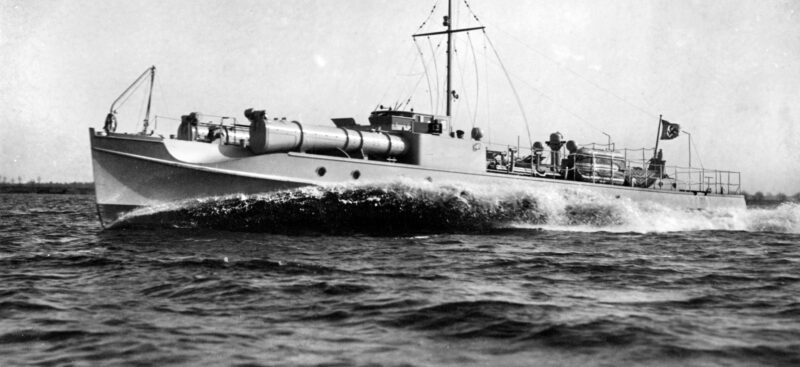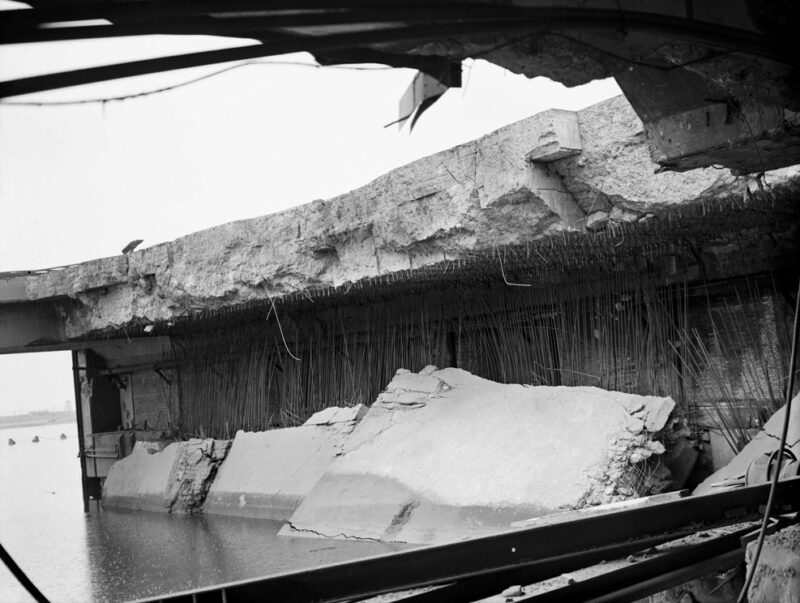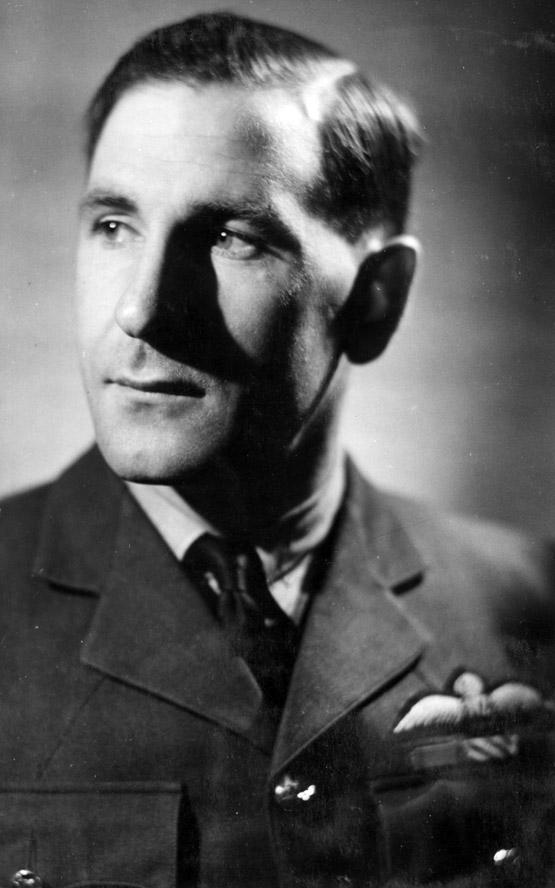Operations
Operations
After D-Day: The E-Boat Threat
The continued success of the landings in Normandy depended on a continuous delivery of supplies across the English Channel to the troops who had landed in France. This would be an enormous logistical exercise to bring further troops and equipment as well as replenishing food, fuel and munitions to support the continued advance into France.

E-Boat
(Credit: Unknown)
Just as the landing fleet had to be protected from submarines, ably done by Coastal Command, so the naval and merchant supply fleet had to be protected by seaborne attack, particularly the speedy German E-boats, the fast attack craft of the Kriegsmarine. The task of reducing this threat fell to Bomber Command.
Shortly after D-day, on 14/15 June New Zealand pilot, Les Munro (617 Sq.) led a daylight attack on the E-boat pens at Le Havre, France. In total 221 Lancasters attacked in two waves in early evening, with Munro and the other Tallboy-carrying Lancasters of 617 Sq., bombing from 18,000ft. This began the destruction of the pens, the shockwaves of the Tallboys puffing out in a visible ring across the target as the bombs drilled underground and exploded.
The attack created several fires, and debris was scattered everywhere in the port. German rescue and firefighting work was well underway when, two hours later, another flight of 119 Lancasters appeared overhead and pounded the harbour in a second surprise bombardment.
The covered pens, heavy, concrete shelters designed to protect naval craft, were easily penetrated by the powerful Tallboys. Even those that missed their marks often created “tidal waves” inside the confined pens, which tossed the German vessels about and created substantial damage. Intercepted German reports confirmed the extensive damage, which included the sinking of three torpedo boats, another heavily damaged, and one of the sunken boats blocking the pens. The Kriegsmarine also lost additional war vessels, including dozens of smaller minelayers, minesweepers, patrol vessels, harbour launches, tugs, and a huge floating dock to the carnage wrought by the Tallboys.
The British estimated the Germans lost 38 vessels sunk and another 31-34 ships damaged. These included 10 E-boats sunk by direct bomb hits, three more so damaged they were beyond repair, one beached, and another with its bow blown off. Only one remained combat-ready.

A German E-boat lies moored in a concrete shelter intended to protect it from Allied bombs.
The coming of the Tallboy rendered such shelters vulnerable from the air.
(Credit: Imperial War Museum)
Munro later said, “I always had a sense of pride in leading the Lancasters of the squadron in formation in the attack. Certainly, in my case, the responsibility of leading the Lancaster formation on as accurate as possible bombing run outweighed any fear factor.”

The Kriegsmarine facilities in Le Havre, France after the bombing raid of June 14, 1944.
Damage to a concrete shelter is clearly visible.
(Credit: Imperial War Museum)
The following day Munro led a similar attack of three hundred aircraft of Main Force on Boulogne Harbour, but this time without fighter escort. Munro’s Lancaster, going in 10,000 ft lower than the day before, was damaged by flak, but returned safely. Only one aircraft was lost. Thirty-one ships, including a number of minelayers, were sunk and nine other vessels damaged.
Les Munro
(Credit: NZBCA Archives)
Both attacks used the new Tallboy bombs and clearly demonstrated that the Kriegsmarine could no longer rely on hardened pens to protect their boats. The pens, in fact, had become magnets for attracting undue attention on the part of the destructive Tallboys. Admiral Theodor Krancke, German naval commander in the West, assessed the situation and said the “heavy losses completely put an end to our offensive operations in the second week following the invasion.”
While some remaining E-boats did continue to make runs from other ports, their ability to swarm over and disrupt shipping in the Channel was substantially lessened as the result of the raids. This enabled the Allies to continue to send men, weapons, and related supplies largely unimpeded to the crucial Normandy beachheads.
Thnaks to Bomber Command, and the new Tallboy, within 24 hours, Germany had lost any naval capability to seriously disrupt the channel convoys so critical to support the armies now in Normandy.
